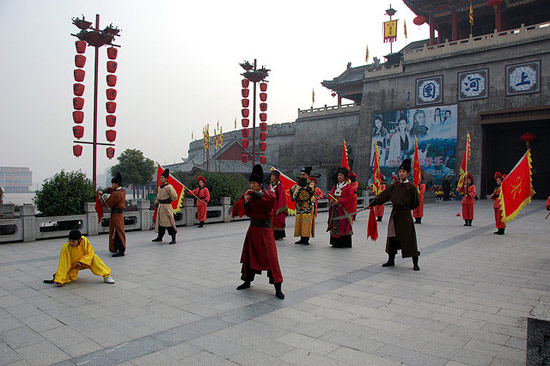Life Stages: Death
Established Beliefs
Taoists regard death as the inevitable return of all beings and phenomena into the Tao, from whence it arose in the first place, only to repeat the cycle eternally. The Buddhists introduced the concepts of karma and reincarnation into Chinese thought. Buddhism considers death merely a passage to another life and an example of the impermanence of life, about which the Buddha teaches.
Standard Rites
Chinese cremate most bodies of the dead. Family and close relatives attend a private ceremony after the cremation, to mourn the deceased. Many Chinese follow the Buddhist practice of creating a small altar for the deceased in their homes. On Qingming or Tomb-Sweeping Day (April 5), the Chinese visit the burial places (or the location of the urn) of their ancestors to pay their respects through offerings of food and incense.
The Chinese view of the afterlife reflects mainly Buddhist influence, where death functions as just a passage to another life; and, after many incarnations and the acquiring of merit, one’s "being" reaches final enlightenment, or nirvana, where the cycle of reincarnation ends.
Copyright © 1993—2025 World Trade Press. All rights reserved.

 China
China 
